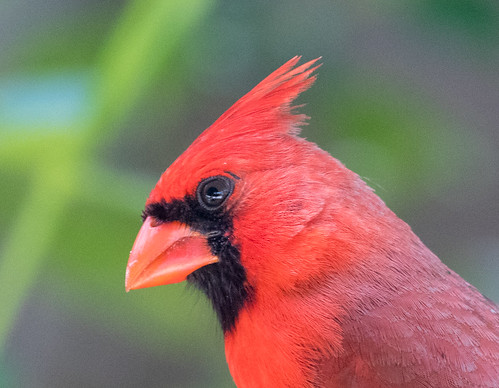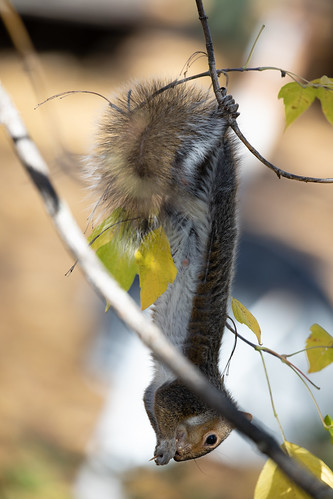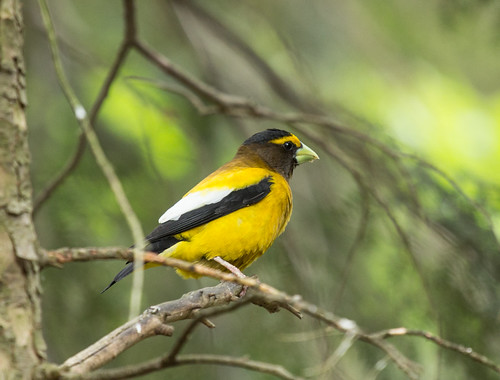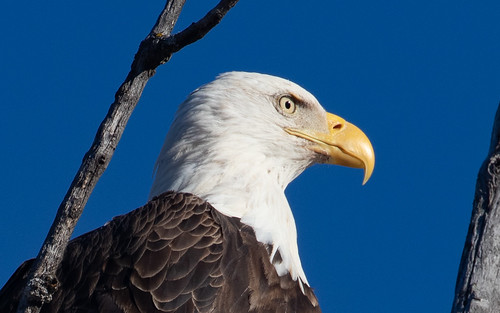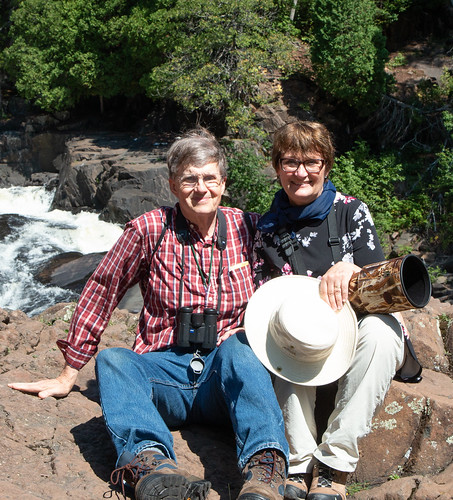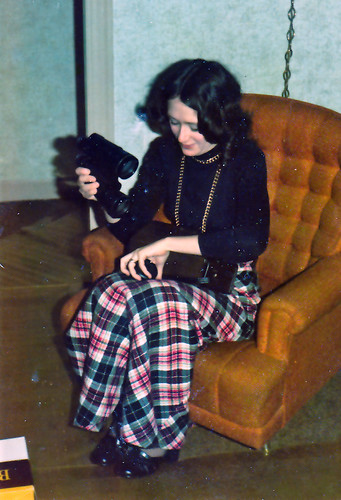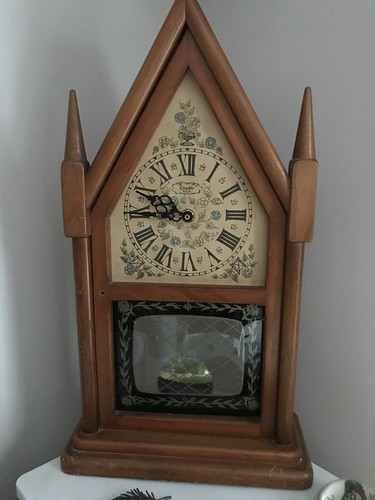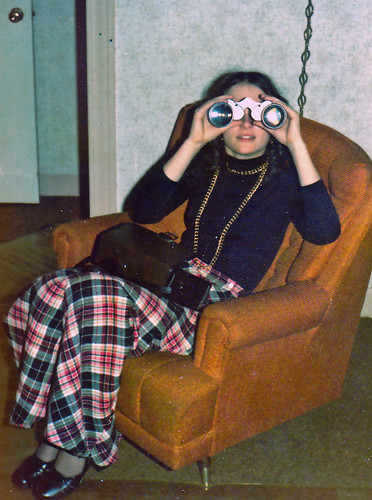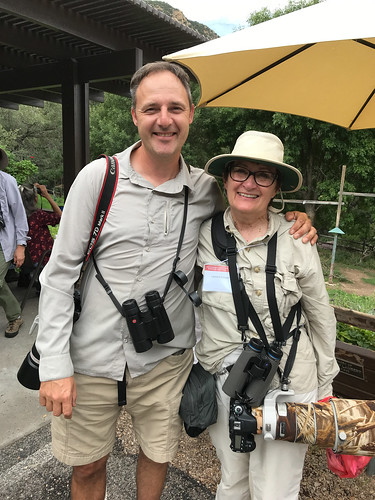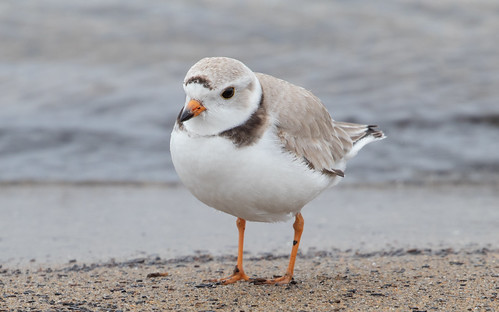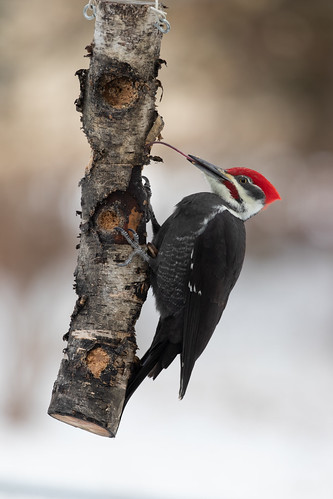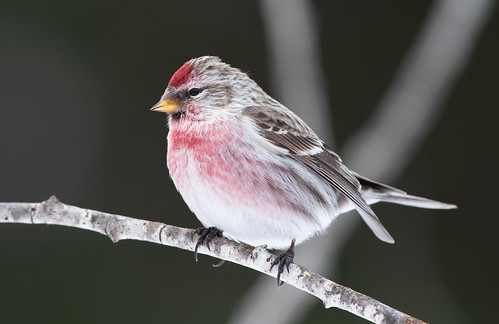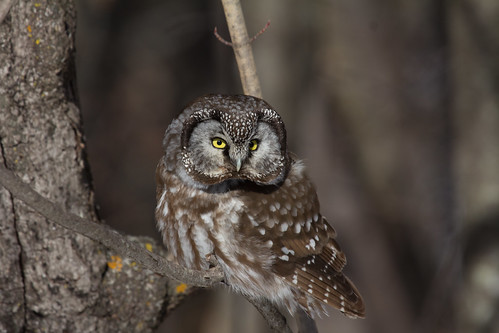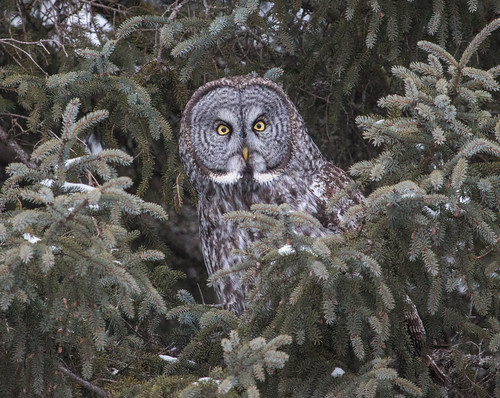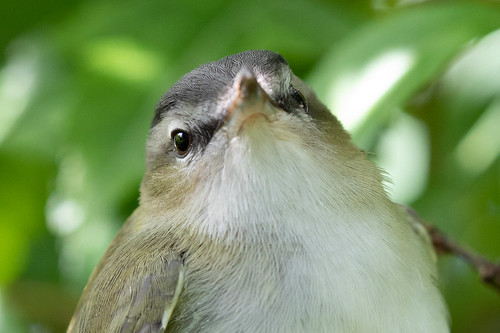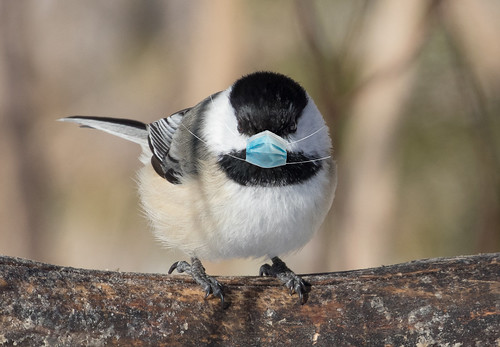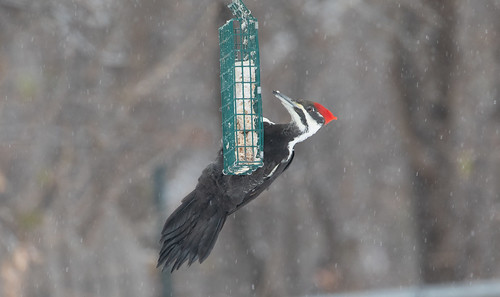
Gift giving for bird lovers and for birds often involves feeders and feeding supplies. Some of my feeders, both homemade and store-bought, have lasted a decade or longer while others haven’t lasted more than a few months. It’s reasonable to expect a feeder to stand up to squirrels, large woodpeckers, and weather systems. Some feeders are sold as “bear resistant.” My mother-in-law had a few of these, and some did stay functional after a bear pulled them down and emptied them. Others we aren’t sure about because the bear ran off with them.
Some inexpensive feeders stand up to heavy use. A suet cage constructed of plastic-coated hardware cloth is usually a very good deal. My father-in-law used to make ours from regular hardware cloth, but I think plastic covering the metal is safer for birds and any flying squirrels that come under cloak of darkness.
Suet is technically the hard, white fat around the kidneys and loins. Back when I started feeding birds in the 1970s, butchers in just about every grocery store gave it away for free, and they were also happy to get rid of other fat trimmings. Now few groceries even sell, much less give away, suet and fat trimmings. Suet cakes are now big business, and are sold at bird feeding stores and a lot of hardware, gardening, and big box stores.
Some suet cakes are better than others. For a while now, I’ve been using “Super Suet” cakes from Duluth’s Wild Birds Unlimited store. In addition to my everyday chickadees, nuthatches, and Hairy, Downy, Pileated, and Red-bellied Woodpeckers, I’ve occasionally had warblers, Fox Sparrows, and a redpoll and a couple of Pine Siskins coming to the Super Suet.
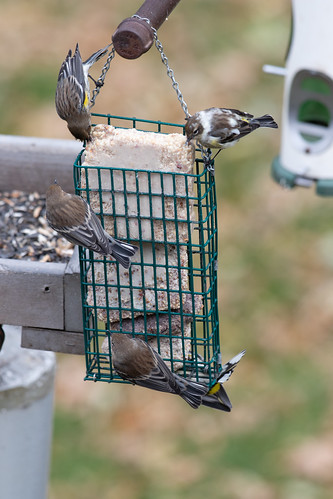
Since the years when I could get real suet for free or a nominal price, I’ve never had as good luck with plain store-bought suet cakes as when other ingredients are added, unless those other ingredients are cheap seeds like oats and red millet. Fruits, dried mealworms, and sunflower chips are excellent ingredients. I do sometimes buy these kinds of products with corn or peanuts added, but I keep track of the birds using them. When corn or peanuts get wet, they can mold, producing aflatoxins, which are extremely toxic. Corn and peanuts sold for human, pet, or livestock consumption must be certified as aflatoxin-free, but there is no such legal requirement for corn or peanuts sold for wildlife consumption, including bird feeding. I’ve been complaining about this for decades, but in a world where the very term “government regulation” freaks people out, I’m not expecting that to change during my lifetime. Meanwhile, I buy whole peanuts only from the grocery store so I am certain they’ll be safe.

But speaking of peanuts, a pair of local Blue Jays is spending the winter. All summer and during migration, I was bringing out peanuts several times a day, and a few jays and my crow family started associating me with them. Now when I take my dog out each morning, I put a handful of peanuts on my big platform feeder and whistle—that draws in the crows. The jays aren’t always around then, and their timing in my yard is not as predictable, so I bought a peanut feeder from Wild Birds Unlimited. It’s constructed of thin wire in a loose spiral. I hook it into a donut-shape and fill it with peanuts through the open ends. My crows haven’t investigated this at all—I’m not sure the wire could easily support them without wobbling too much—but my Blue Jays easily alight on it and pull the peanuts out, and chickadees occasionally work at opening a peanut shell through the wire to pull out peanut kernels.

I have good squirrel baffles on the three poles supporting most of my feeders, though a few acrobatic squirrels occasionally figure out ways to get into the feeders anyway. Russ made the baffles long ago, and thanks to the wonders of duct tape, they're still working. They don't work on our old swing set, where I usually hang one or two nyger seed feeders because the squirrels don't seem to go for that. My only commercial squirrel baffle hangs above a suet feeder on that swing set, but some squirrels manage to get past that, too. A large safety pin holding the top of a suet cage closed can at least keep squirrels from pulling out the whole cake.

Until this year, I’ve always shied away from suet cakes laced with capsaicin, the chemical that gives hot peppers their hotness and repels squirrels and other mammals. Birds can’t taste capsaicin, or at least aren’t repelled by it, but I was always afraid that if they couldn’t taste it, they might eat enough to irritate the moist tissues in their mouth and esophagus.
But as it turns out, the pepper plants that naturally produce capsaicin do so specifically to attract birds while banishing mammals. These plants have fairly soft seeds that get crushed and destroyed by chewing mammals. Birds swallow berries and small fruits whole and bite off and swallow larger chunks of fruits such as peppers without chewing them, allowing most of the seeds go through their digestive system intact. Wild pepper plants evolved specific bird-attracting features, such as the bright red color of their fruits, specifically to attract birds to eat them and spread their seeds widely—if the capsaicin was actually bad for birds, they’d have adapted to avoid them long ago.
Now that I know this, this season I put out some squirrel-repellant suet cakes without a squirrel baffle. Immediately one squirrel jumped on and started eating, and almost instantly it jumped off. Meanwhile, I’ve had lots of chickadees feeding on it, along with both nuthatches and, so far, Hairy, Downy, and Red-bellied Woodpeckers.
Suet cakes with a good assortment of nuts, fruits, and sunflower chips are expensive, and unless they have capsaicin, they will attract squirrels. I put one Wild Birds Unlimited “No Mess Seed Cylinder” out on our old swing-set frame with a good squirrel baffle to protect it, and all four of my woodpecker species are using it a lot as well as my chickadees and nuthatches. I had my trail cam camera set on a tripod to catch the action, but a couple of squirrels started climbing up the tripod and jumping on the feeder from the camera itself, so you’ll just have to take my word about this.

For the past couple weeks, I’ve been testing a few other food types from Wild Birds Unlimited. My birds seem to really like their Winter Super Blend, but I haven’t seen any takers yet at the butter bark.

If you buy just a single kind of seed in winter, black-oil sunflower is best. During migration, when I’m not having problems with rats, I scatter white millet on the ground to attract a wide assortment of native sparrows—that’s not necessary or useful this far north, but is a good strategy for people with lots of juncos or other native sparrows unless House Sparrows are an issue (it’s been years since I’ve had any in my yard). Red millet and other fillers are not just a waste of money where few local birds eat them—they can be outright harmful when uneaten seeds start molding, leading to disease outbreaks unless you clear them out frequently, which few people bother to do.
Some of the feeders we put bird food into are better values than others, and some are better for birds than others. Flimsily constructed wood feeders waste both money and natural resources, and flimsily constructed plastic feeders exact an additional waste of the fossil fuels used to produce the plastic in the first place. Some feeders are made of recycled plastic. Sturdy tube feeders, especially those with metal ports, can last for many years. Cages around feeders can sometimes keep gray or fox squirrels out, but red squirrels squeeze right into most of them and seem to enjoy how the cage keeps them out of reach of the bigger guys. Feeders with weighted perches to exclude squirrels may also exclude Pileated Woodpeckers, Mourning Doves, and other desirable species.
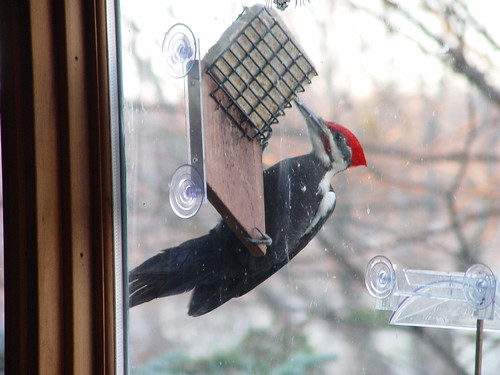
Window feeders with plastic suction cups can be wonderful—that’s how I always offered mealworms for my chickadees when I was in my old office with the crank-out window right next to my desk. You need to wait for a day that isn’t too much below freezing to get suction cups to stick, and even in summer they won’t hold on forever. To have any luck at all, the window glass must be freshly clean. Then I either rub my thumb around and around the inner surfaces of the suction cups to warm them and possibly coat them with skin oils or I soak them in hot water and leave them wet when I stick them on the window. Sometimes they stick well on my first attempt, but sometimes it takes several frustrating tries.

I don’t solicit products to evaluate and usually shy away from commercial endorsements because I simply don’t have the time or inclination to make sure whatever product I like is better than the alternatives. I’ve been very partial to the Wild Birds Unlimited store in Duluth for years because they virtually always have the specialty items I need, like white millet, and introduced me to many useful products such as the suction-cup tray feeders that were such a hit with my Evening Grosbeaks long ago. Now, during this pandemic, my local shop has both curbside pickup and delivery. But it’s also the only bird feeding specialty store in town, so I don't have other businesses to compare it with. This winter, some Wild Birds Unlimited stores are selling “Share the Joy” boxes that have a combination of bird food and feeders that could be very helpful if you want a gift for a beginning bird feeder. Many of the new feeders and offerings I’ve put out in the past week have been from two "Joy" boxes.


Whether you're looking at bird feeders for your own backyard birds or as gift ideas for others, and whether you're choosing store-bought or homemade ones, providing nutritious food in a safe way for backyard birds benefits both those individual birds and the individual humans who love to watch them. And no matter how you look at it, that's a Good Thing.
